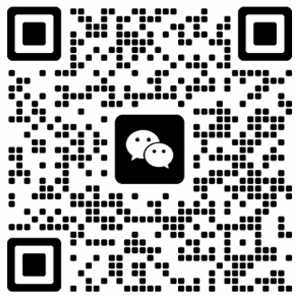
DuPont? Tyvek? Tyvek? Medical Packaging - Decades of Pushing the Industry Standard in Medical Device Sterile Packaging
DuPont? Tyvek? Tyvek? is a nonwoven technology material composed of high-density polyethylene fibers that is strong, durable, lightweight and flexible. Since its introduction in 1967, Tyvek? materials have taken protection, security and safety to new heights across multiple industries and applications. Medical packaging is one of the first commercial applications for this innovative material, and the unique material structure of Tyvek? gives it a natural advantage over other materials in maintaining the sterility of medical devices, providing patients and healthcare providers The protection they need to help them accomplish a greater cause.
Since the early 1970s, Tyvek? has been recognized as the standard of excellence in sterile medical packaging, lauded for its superior microbial barrier, robustness and compatibility with various sterilization methods.
Over the years, Tyvek? has protected the health of millions of patients around the world, enabling several advancements in medical device technology, including improvements in drug delivery systems, the use of new sterilization methods such as low temperature plasma sterilization, and more.
Tyvek? branded materials are very different for the healthcare services industry, where there is a high level of interest in this new microbial barrier product. In the late 1960s and early 1970s, hospitals were under pressure to reduce labor costs associated with device sterilization, and medical device manufacturers (MDMs) began developing single-use medical devices that were terminally sterilized. Before the advent of Tyvek?, no breathable packaging material could perform well in the most common method of sterilization at the time - gas sterilization.
That's why there was so much enthusiasm for Tyvek? at the time. Tyvek? is effective against microbial penetration, is puncture resistant, and is strong enough to be used in the packaging of most single-use medical devices, even sharps and heavy equipment, without becoming brittle after gas sterilization .
In addition to its excellent performance during gas and ethylene oxide sterilization (the second most common sterilization method in the late 1960s and early 1970s), Tyvek? is strong enough to resist tearing, reducing product damage and Possibility of return. In addition, Tyvek? produces virtually no large particles when opening or handling the package, minimizing the risk of device contamination.
After medical device manufacturers discovered the ruggedness, reliability and comprehensiveness of Tyvek?, they began looking for new ways to utilize the best balance of Tyvek? performance. It wasn't long before Tyvek? was used in nearly every form of sterile medical packaging, as well as in a multitude of medical packaging applications, both sterile and non-sterile.
The strength and toughness of Tyvek? allows medical device manufacturers to expand their packaging portfolio by installing faster, more efficient machinery, such as high-speed heat-sealing packaging equipment, to create innovative packaging designs for new medical devices and medical treatment packs, adapting to the market Continued development of demand
Every moment, people around the world are being treated in doctors' offices, emergency centers, clinics, hospitals or other medical facilities. Whether they receive injections, or stitches after a minor accident, or undergo major surgery, it is vital that these patients are treated with sterile medical equipment and supplies. When medical devices and supplies are protected by Tyvek? medical packaging, medical professionals can experience peace of mind and their patients can experience better outcomes.


